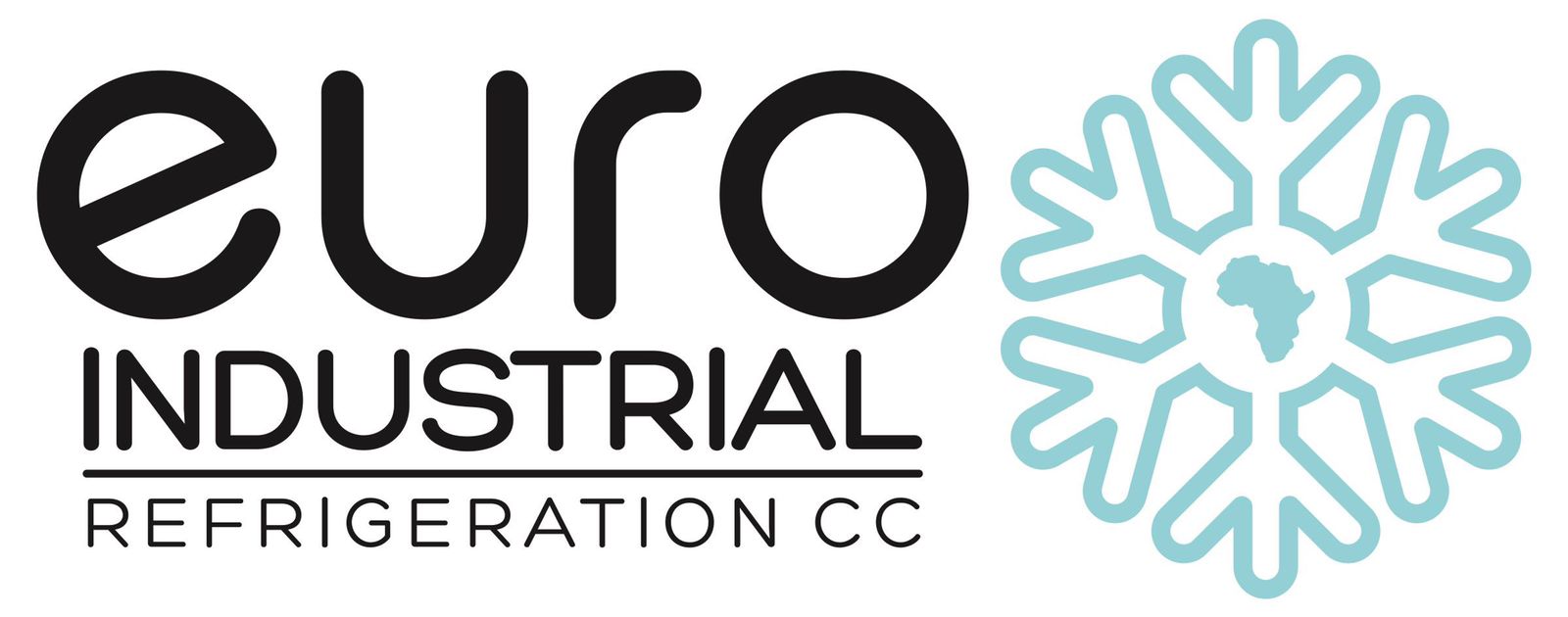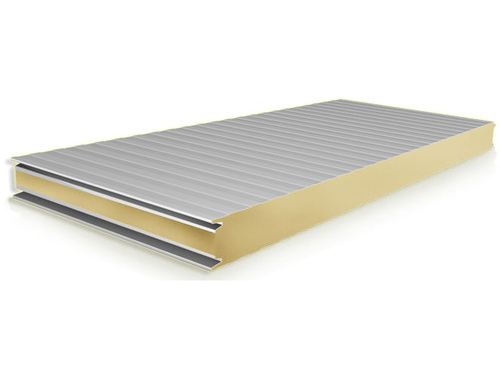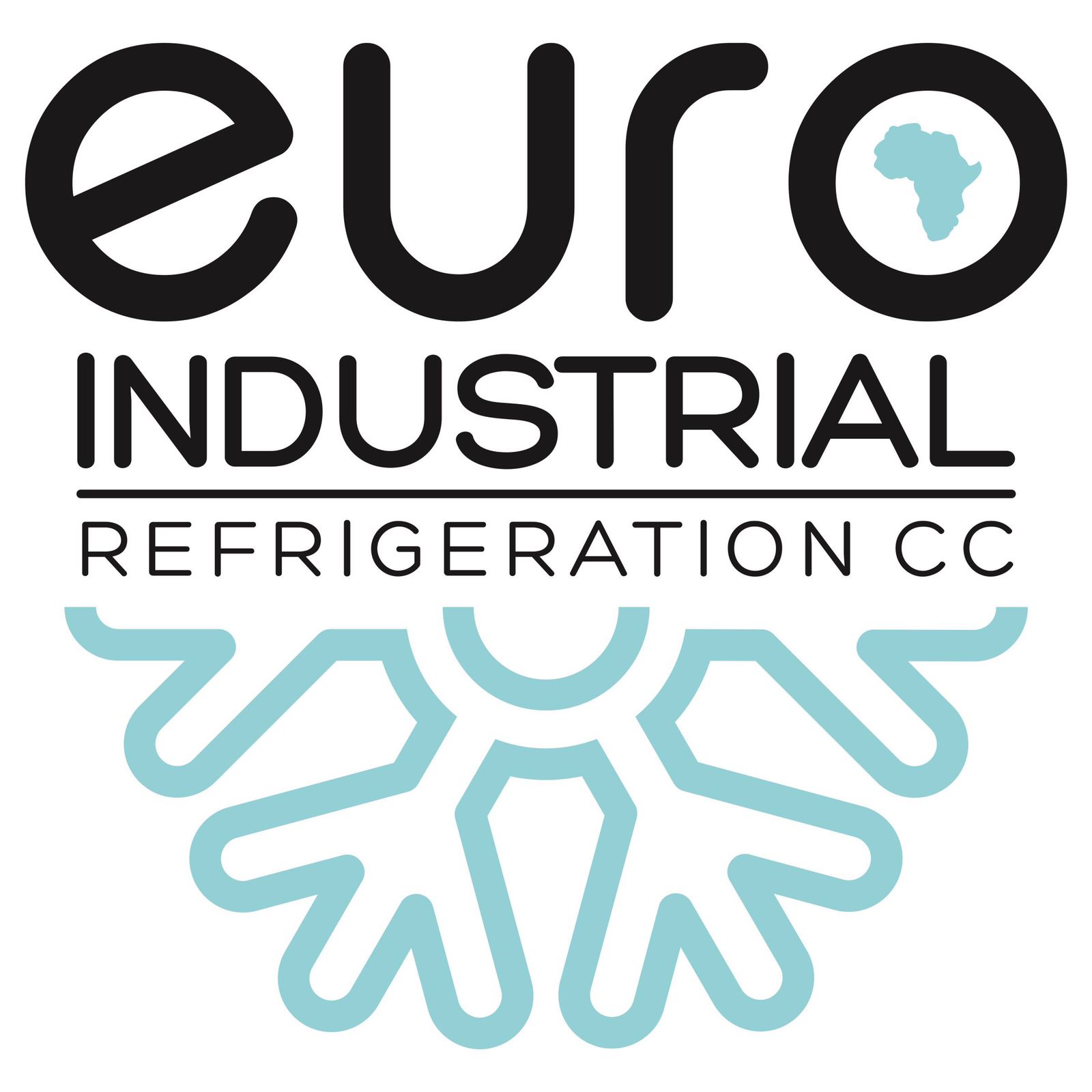Refrigerated Iso Panel Installation
Our versatile range of products include
Range
- Cold rooms
- Freezer rooms
- Cold room panels
- Insulated hinged and sliding doors
- Process facilities (Food and Beverage industry) (HACCP and SABS approved standards to Meat and Chicken process facilities.
- Chicken houses (broiler houses and hatcheries)
- Temperature controlled packing facilities (Fruit, Food and Beverage industry)
- Insulated containers - Base Transceiver Shelters (BTS) used in the cellular industry and environmental impact surveys.
- Insulated mobile Spaza and Phone Shops
- Abattoirs
- De-greening Rooms / Ripening Room
- Pulling Down Tunnels
Cold/Freezer Rooms
Insulated panels are widely used in areas that require temperature control.
They are used in the food & beverage industries such as:
✔︎ Restaurants
✔︎ Hotels
✔︎ Meat / Fish / Chicken Processing and Storage Facilities,
✔︎ Fruit Packaging Storage Facilities
✔︎ Distribution Centres.
-
City skyline
Photo By: John DoeButton
-
City skyline
Photo By: John DoeButton
Cold Room Panels
Different thicknesses of panels are manufactured for the cold/freezer rooms industry, depending on the needs of the client and the temperature required for the facility.
Rooms that run on a positive temperature do not require floor insulation however, rooms that run on a negative (minus) temperature do require floor insulation.
Insulated Hinged and
Sliding Doors
Floor insulation can be manufactured from sandwich panels with either an aluminum checkered plate or galvanized sheet finish. Where heavy and continuous wear is anticipated (pallet jacks/hoisters) the floor will consist of a layer/layers of 24 density polystyrene insulation on a layer of 250-micron damp proof course and cast with a bed of concrete. Clients have the option of installing the freezer with or without a heater mat.
Panel Thickness Guide
| Operating Temperature | Suggested Insulation Range (EPS) |
|---|---|
| 5ºC to 0ºC | 75mm to 100mm |
| 0ºC to -5ºC | 100mm to 125mm |
| -5ºC to -10ºC | 125mm to 150mm |
| -10ºC to -20ºC | 150mm to 200mm |
| -20ºC to -30ºC | 200mm to 250mm |
| -30ºC to -40ºC | 250mm to 300mm |
-
City skyline
Photo By: John DoeButton
Do not use CPR-fed systems with high-stage screw compressors operating at different suction pressures, especially when flash vapor from CPR regulators (one per side port required) are fed into side ports of each screw. This issue quickly becomes hugely complex; difficult to size port diameters of each regulator; side port gas/motor amperage overload is common when products of defrost are returned to the CPR.
Higher energy consumption than mechanically pumped liquid overfeed systems when high pressure hot gas is used for pressurizing both the CPR and the dump trap for liquid transfer to the CPR. An option to substantially reduce compressor energy involves installation of a transfer pump; CPR vapor is then used instead of higher-pressure hot gas as the means of pressurizing the dump trap (seldom done but a heck of a good idea; lower risk than using high pressure gas for transfer).
-
City skyline
Photo By: John DoeButton
business hours
Mon - Thu: 7.00 - 17.00
Friday: 07:00 – 13:00
Saturday: 08:00 – 12:00
Sunday Closed
Breakdowns: 24/7
Address:
27 Barium str, Alrode Ext7, Alberton, 1451
All Rights Reserved | Euro Industrial Refrigeration | Privacy Policy





